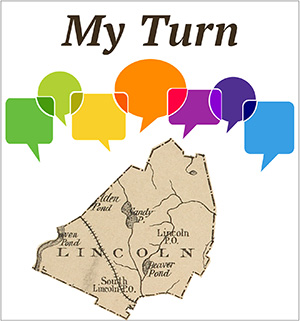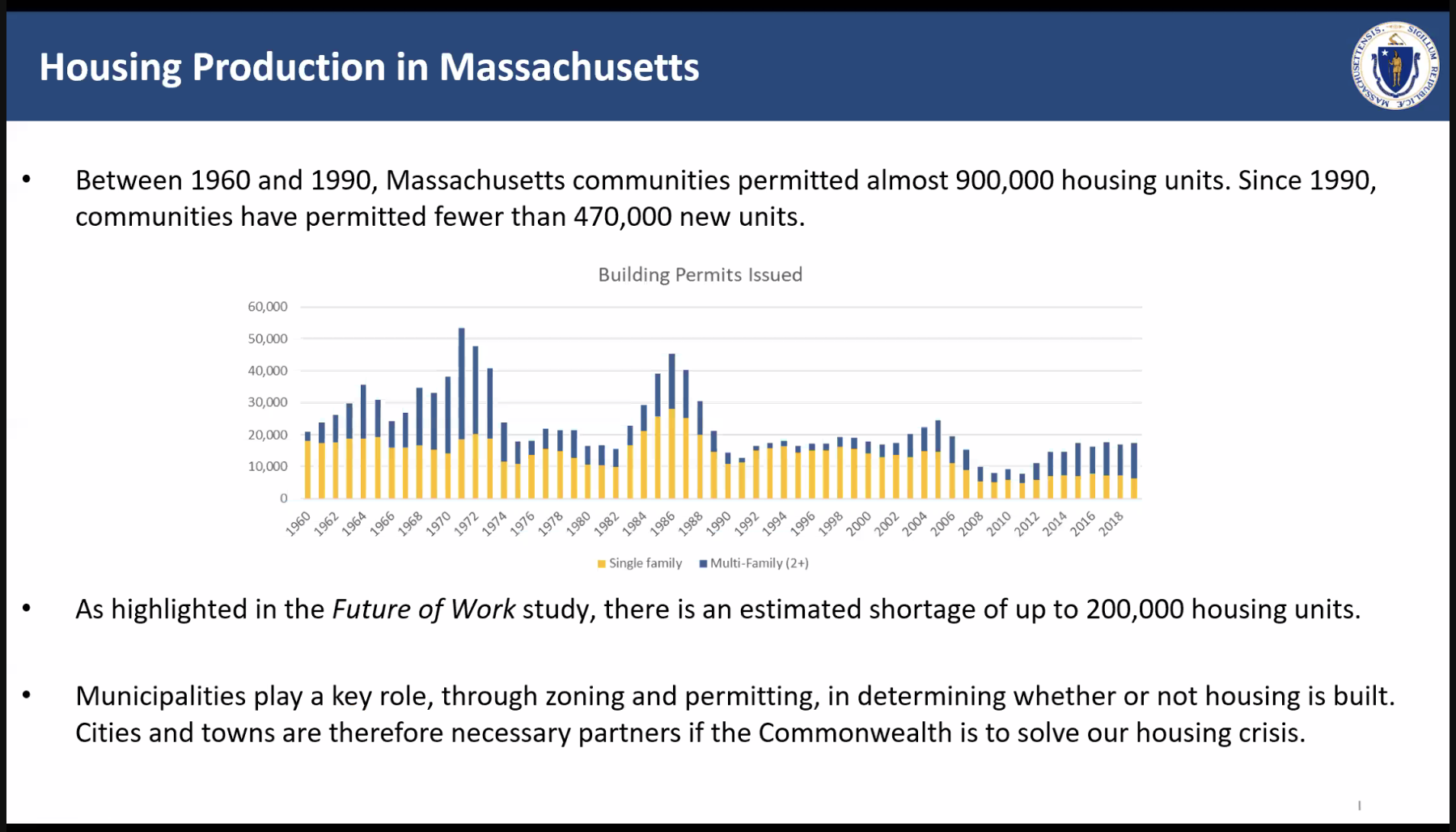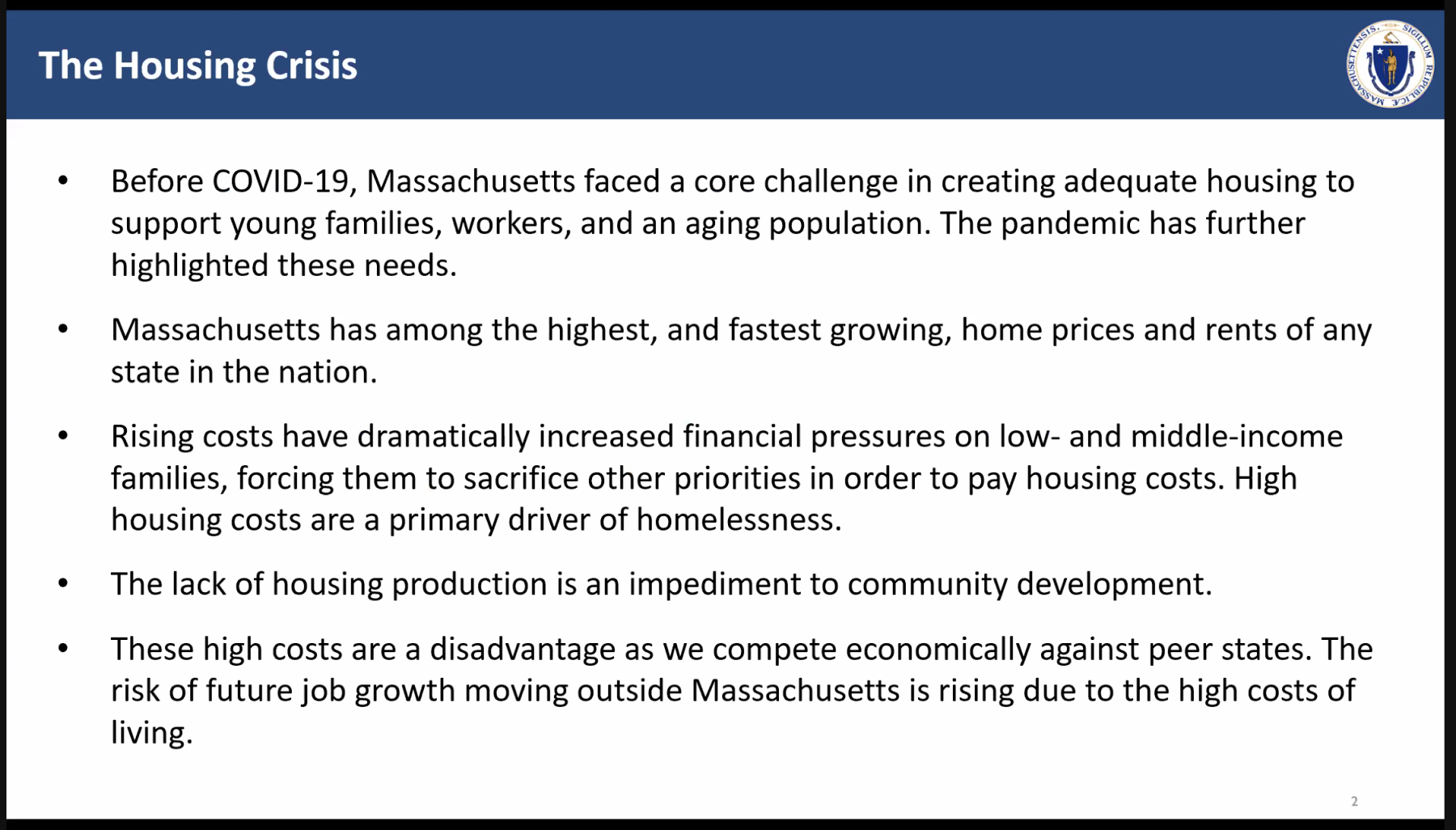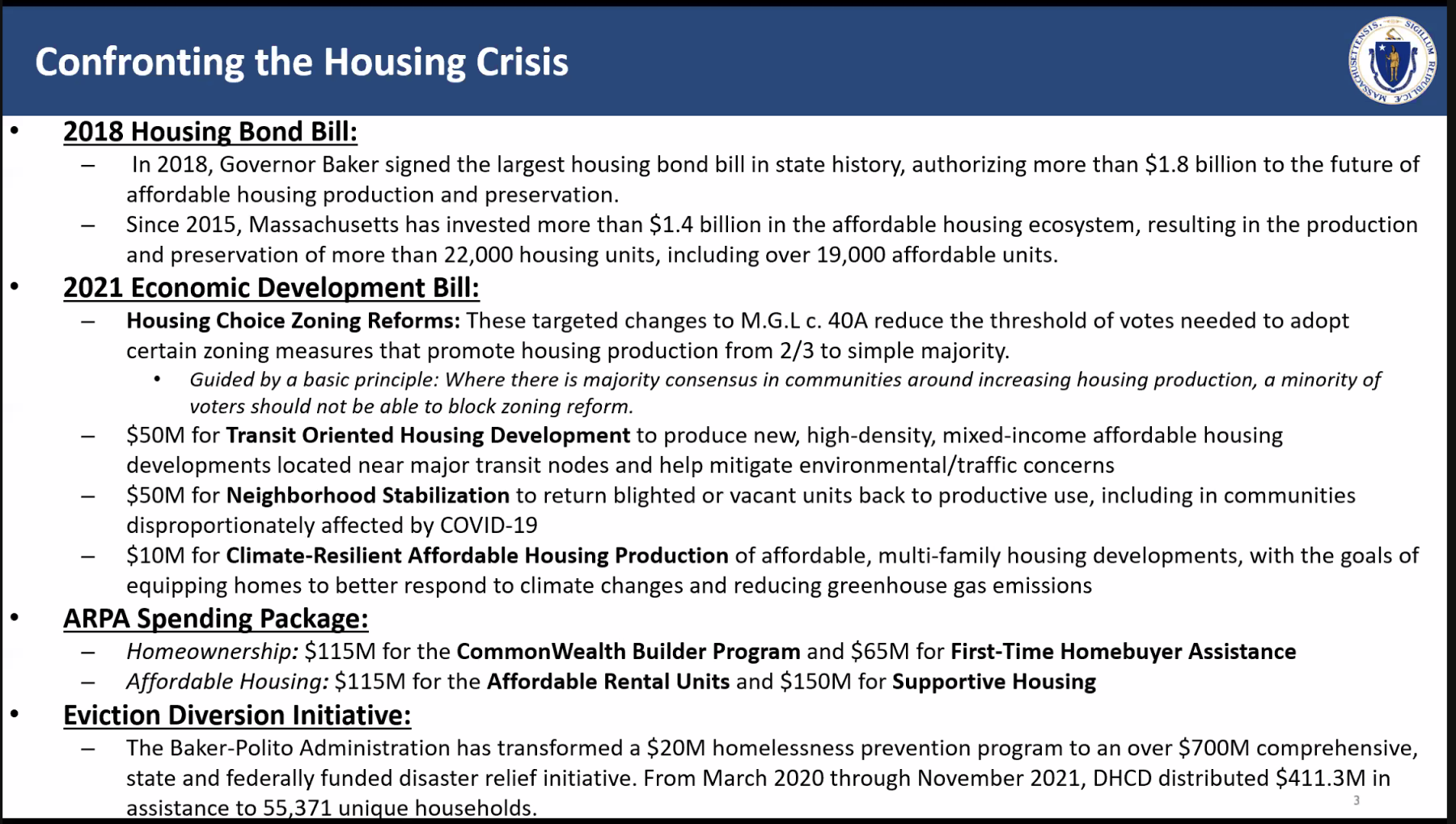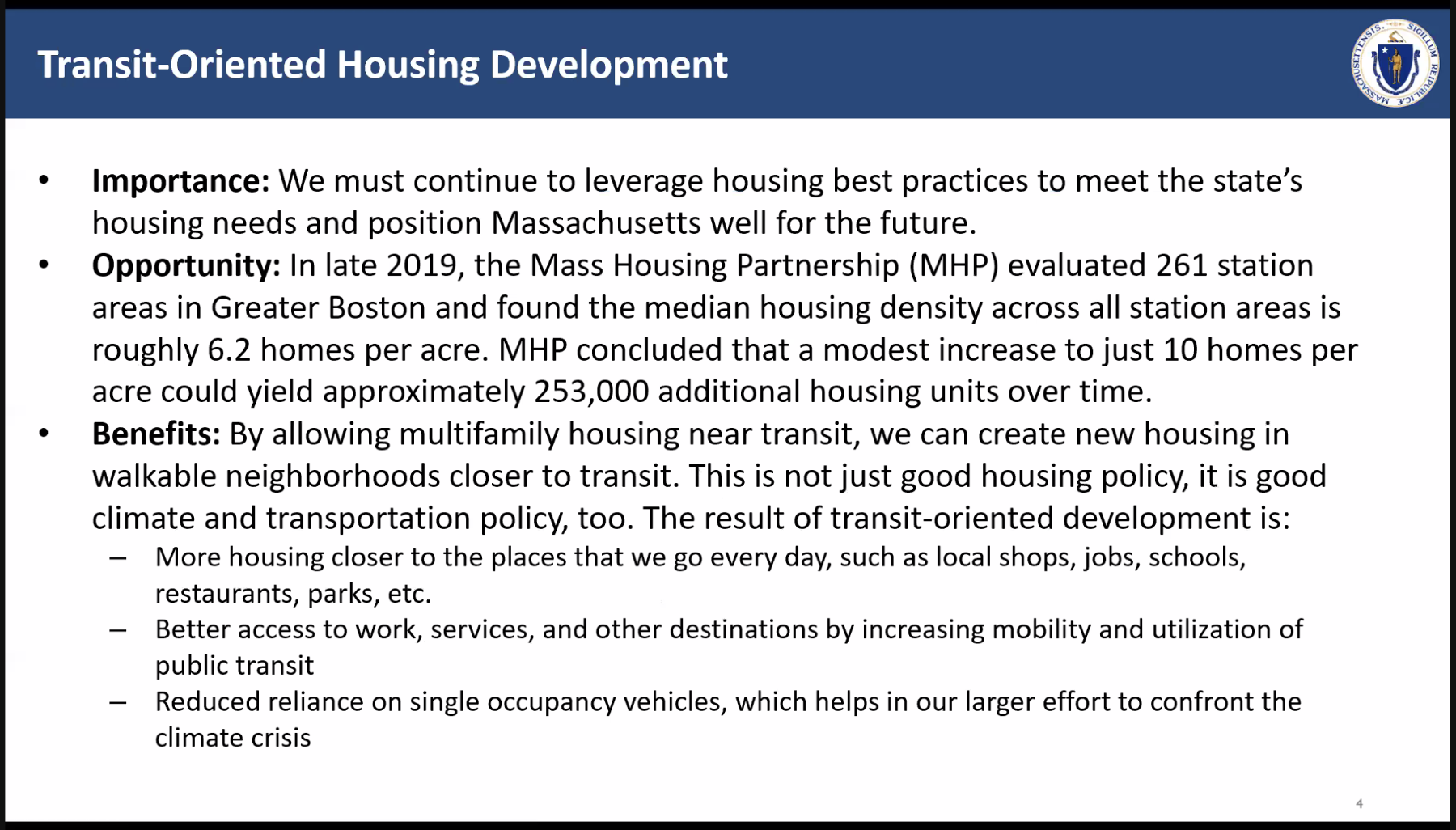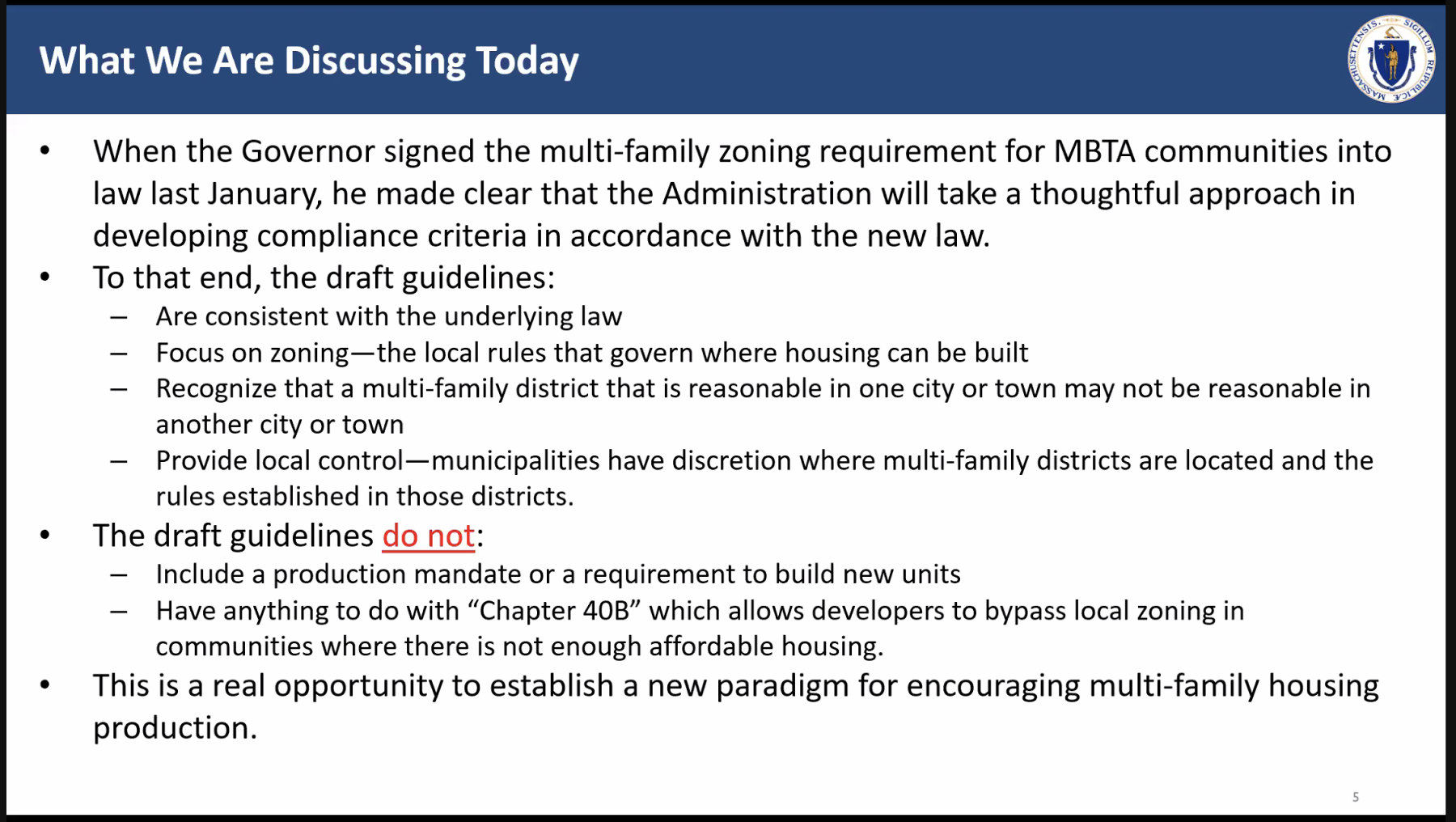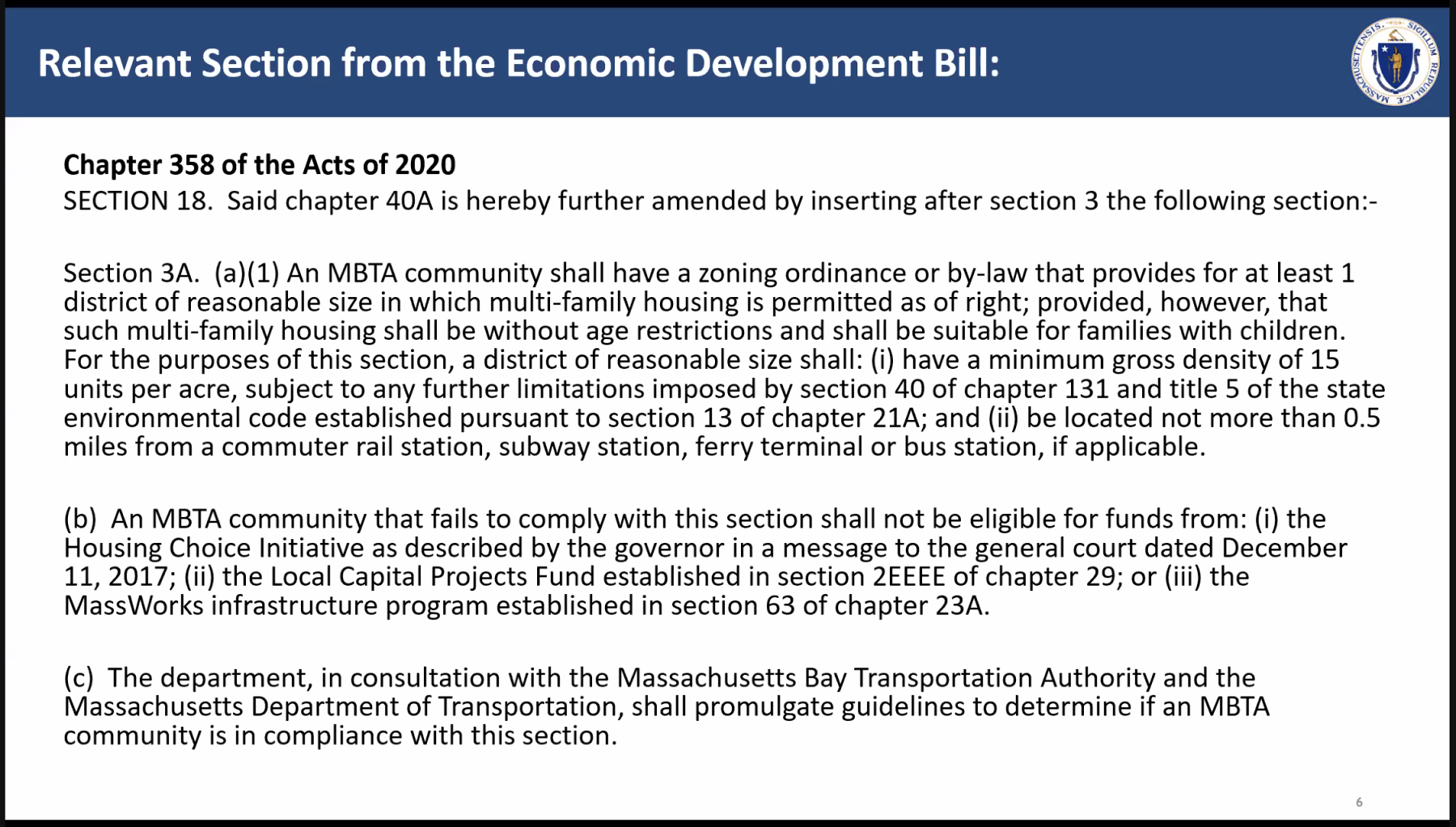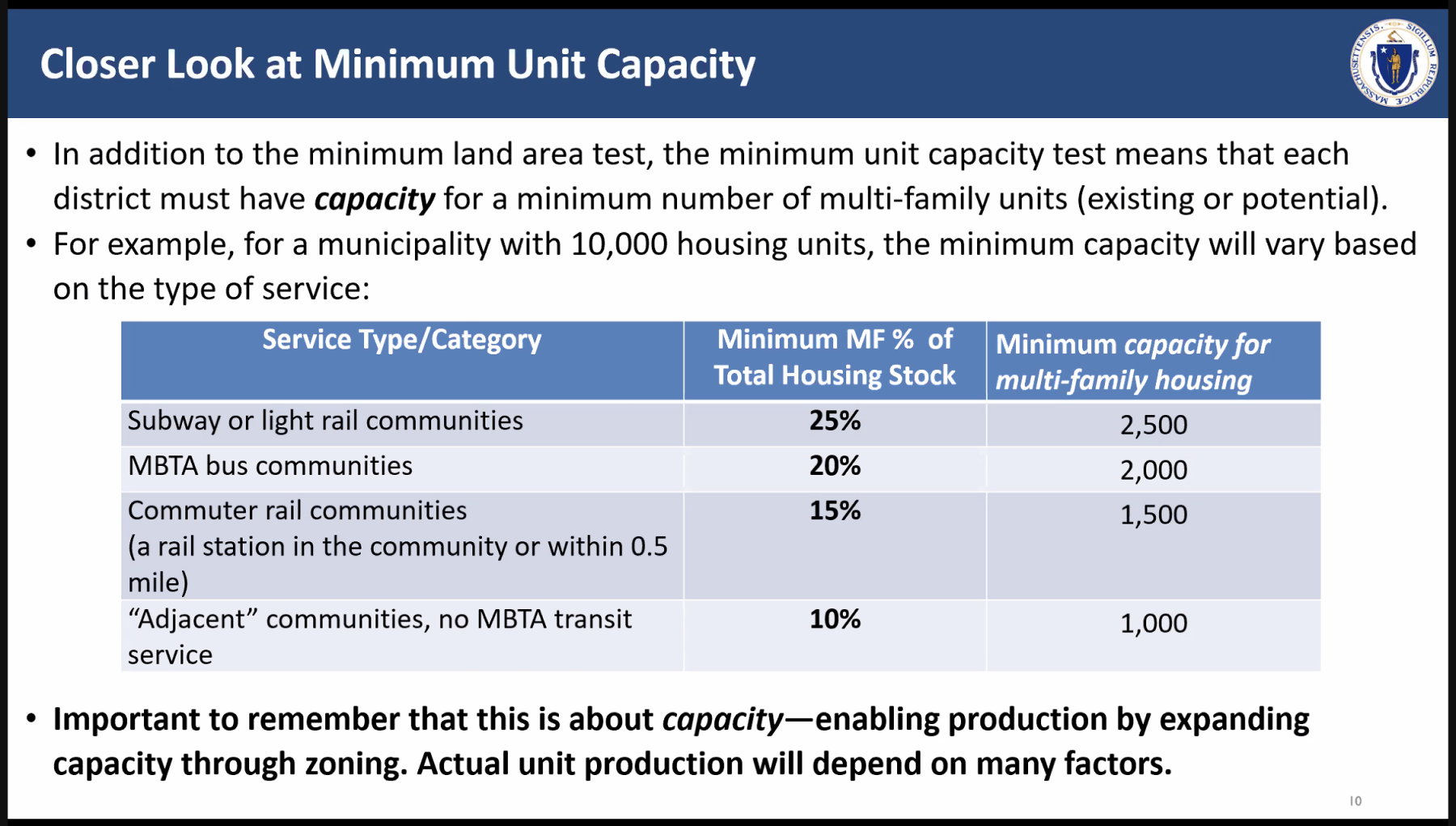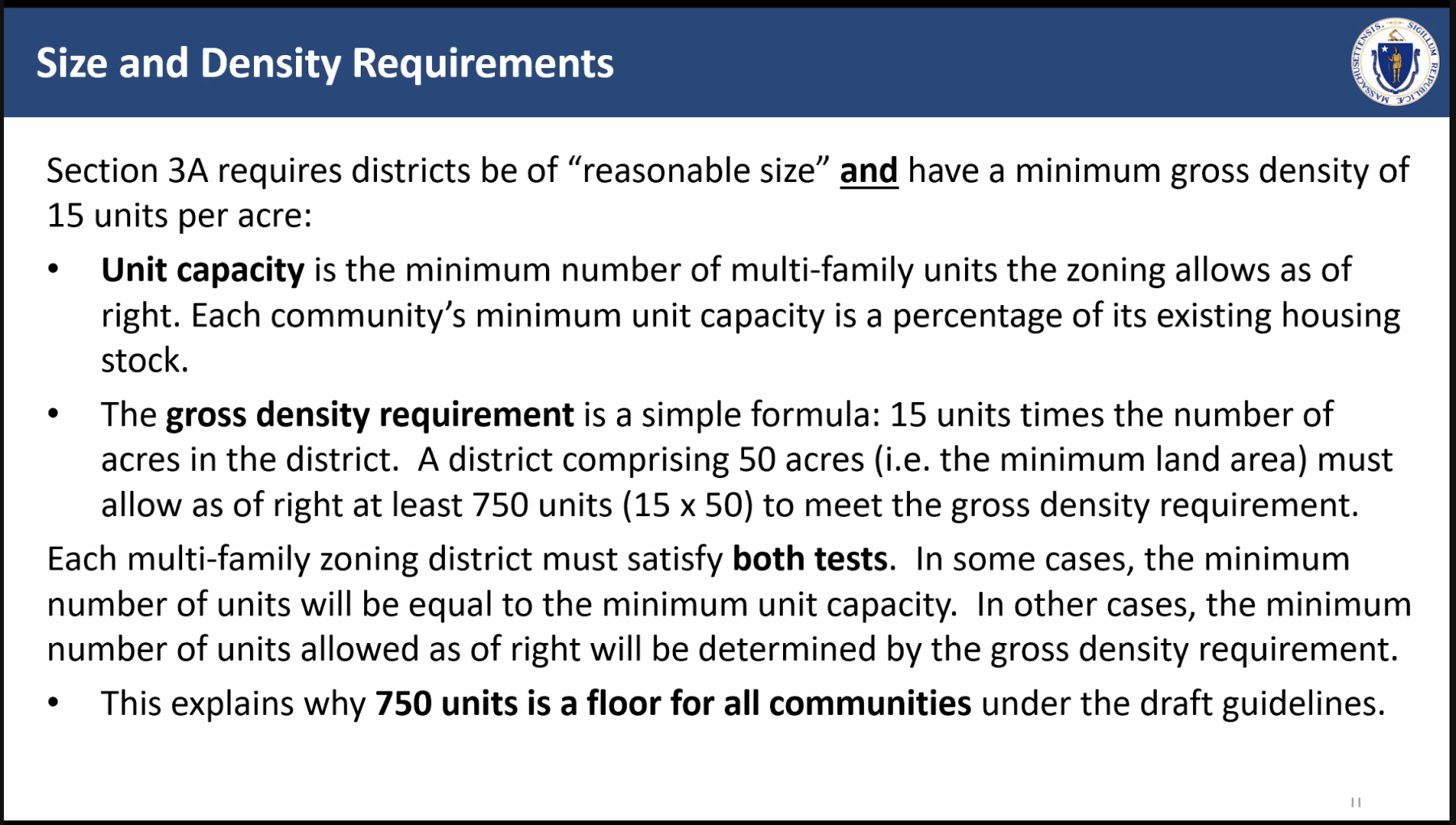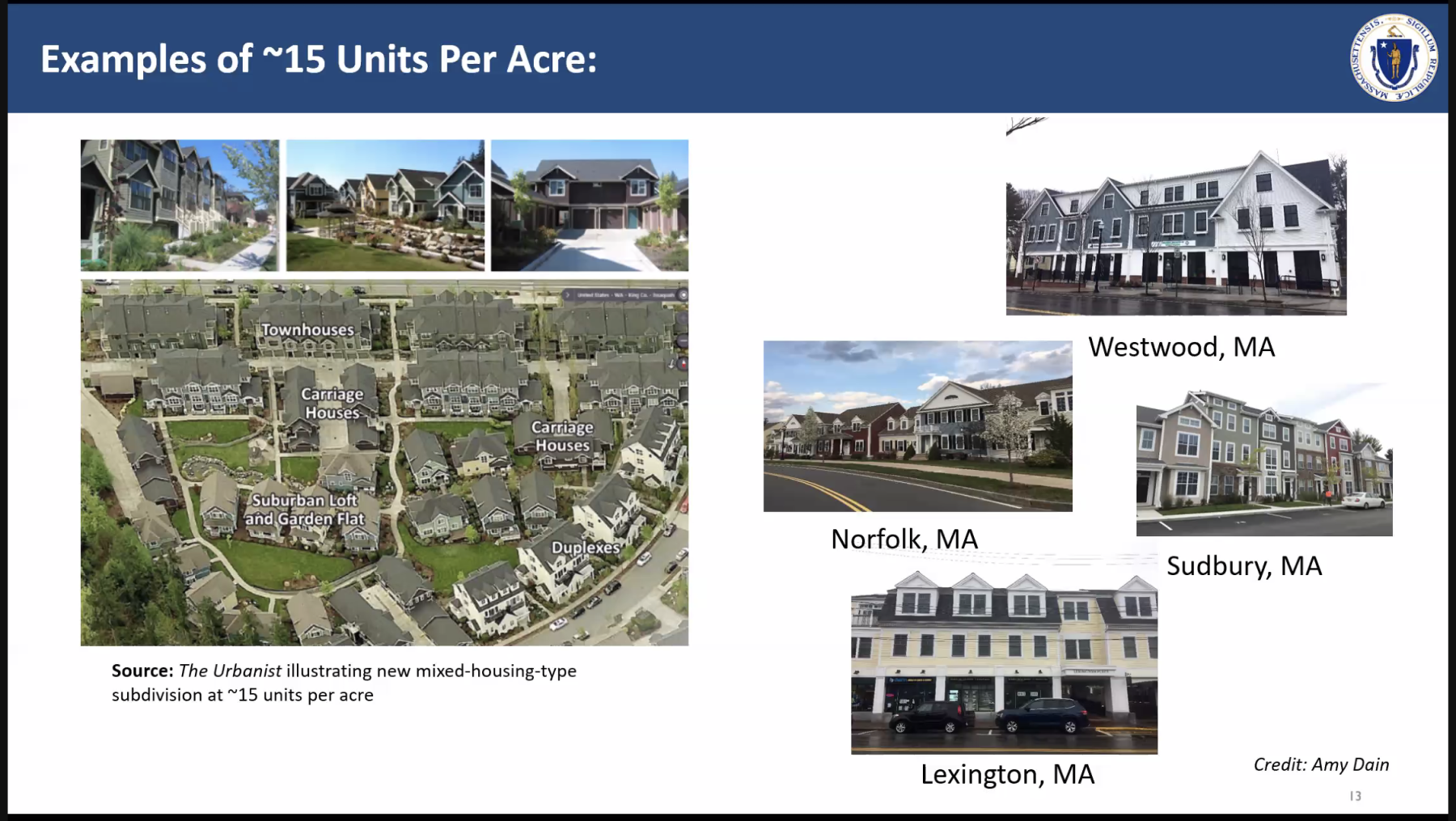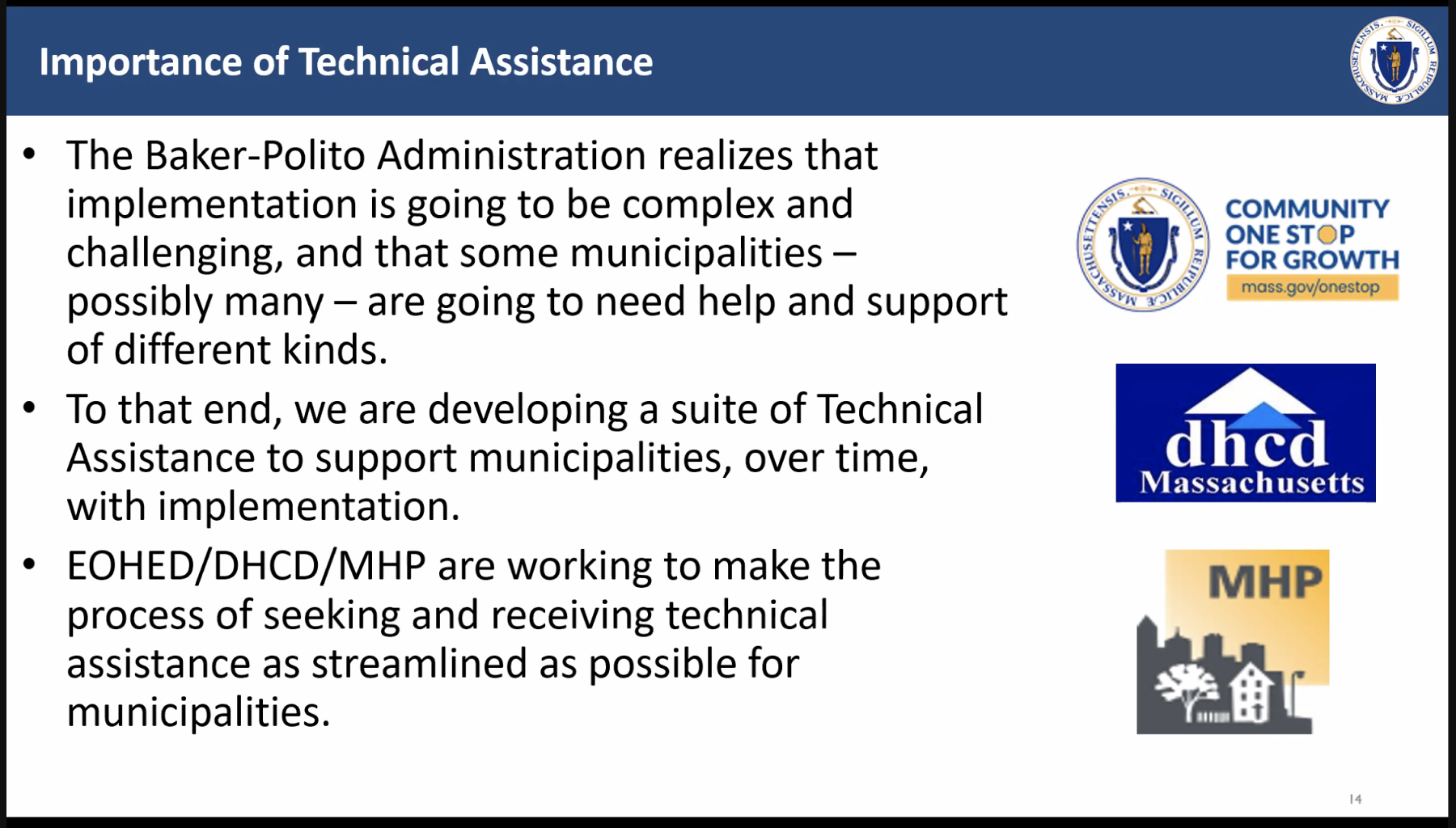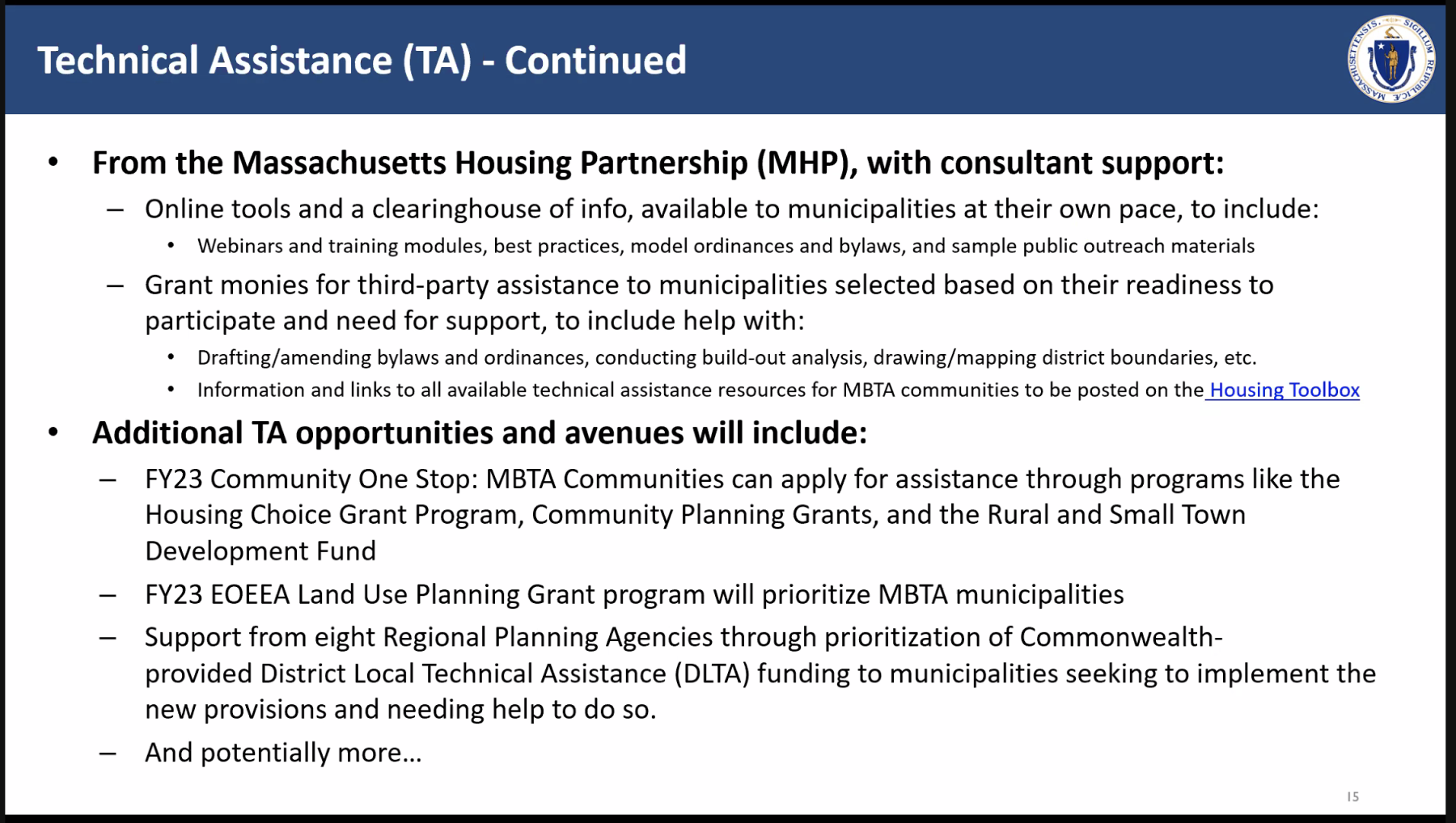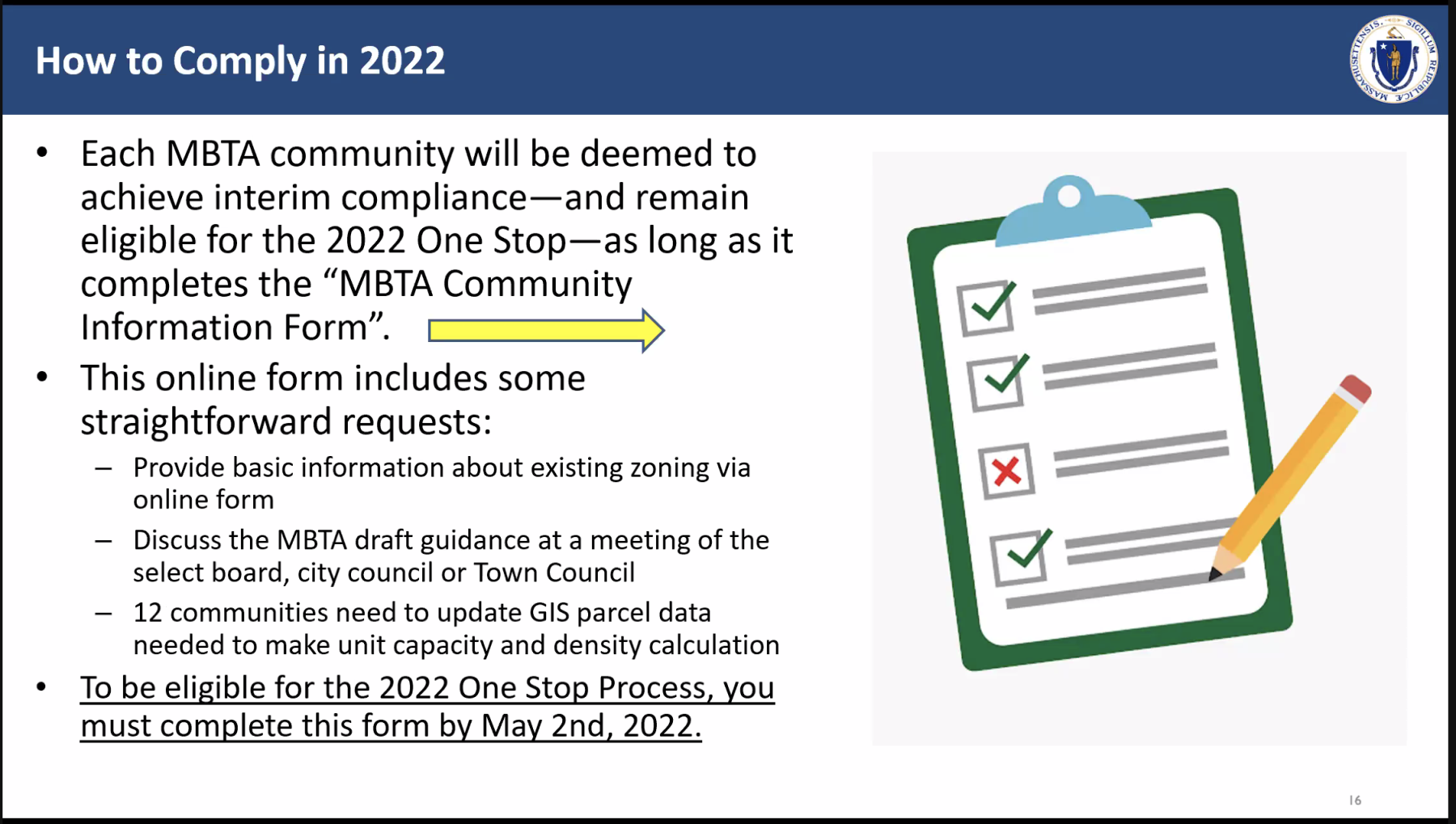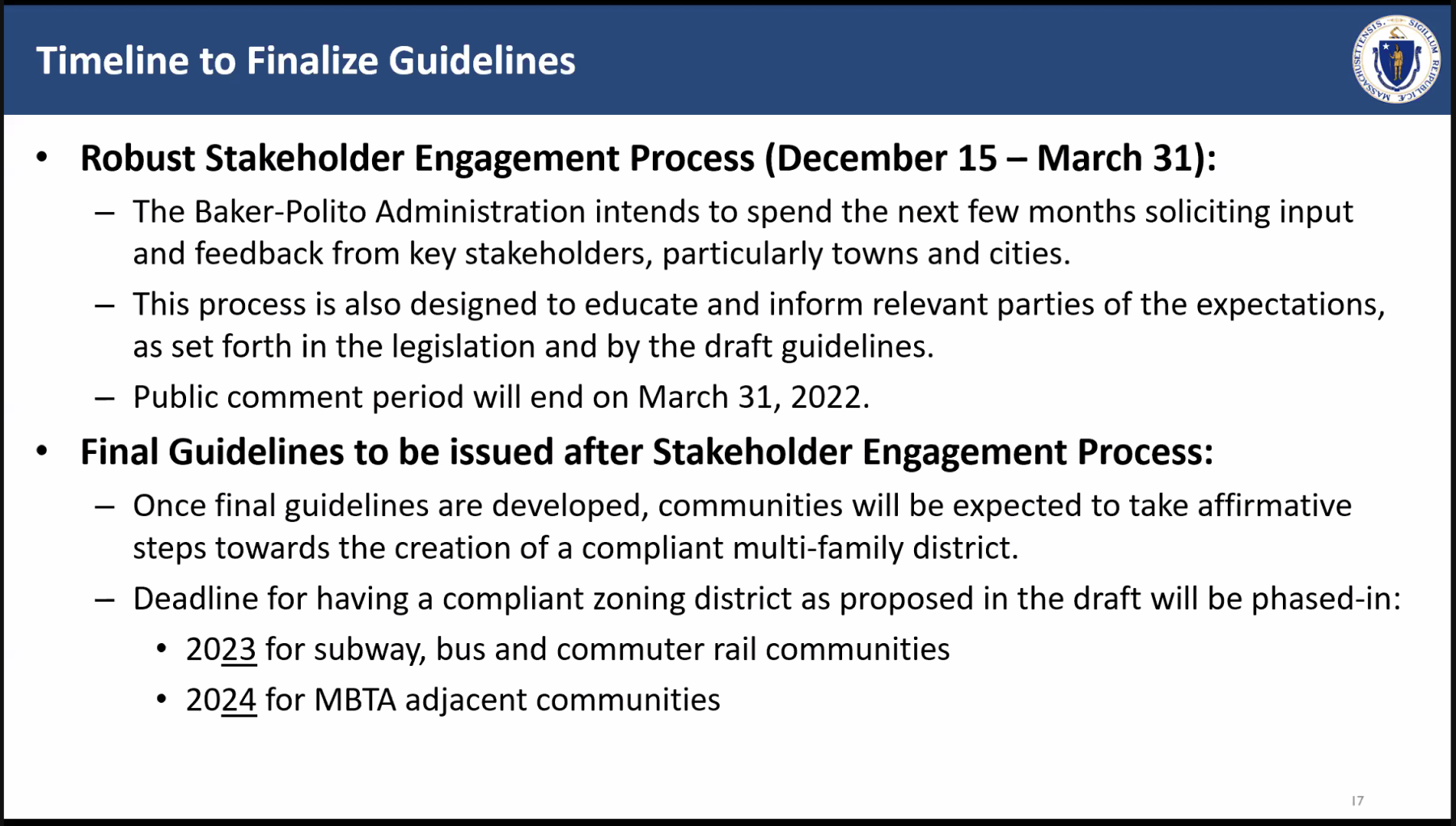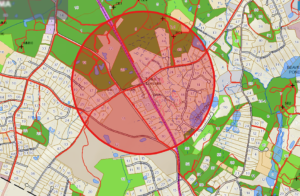 The plan to install a solar array atop the old town landfill has lain fallow for a while, but it will “go near the top of our priority list to restart that process” once the Annual Town Meeting is over, said Town Administrator Tim Higgins.
The plan to install a solar array atop the old town landfill has lain fallow for a while, but it will “go near the top of our priority list to restart that process” once the Annual Town Meeting is over, said Town Administrator Tim Higgins.
Almost five years ago, voters approved a land swap in conjunction with the Wang property purchase that allowed the town to move several acres of the landfill parcel out of conservation so a solar array could be installed there. The area was deemed the best spot out of 25 potential sites for a municipal solar array that were studied earlier by a consultant hired by the now-defunct Solar PV Working group. Higgins said this week that the site could generate 1 MW of electricity, or enough to power all of the town-owned buildings except the school, which will have its own solar array.
But the project stalled due to factors including the pandemic and the complexity of the process. Minute Man National Historical Park owns the right of way on either side of Route 2A, so the town would need their approval to install power lines from the landfill out to the road. It’s unclear whether who would need to grant that approval — the park superintendent, a regional director or someone at the federal level.
Also yet to be determined is where that line will go (alongside or under the transfer station driveway, or via Mill Street), and whether it will be above ground or underground. If Mill Street is seen as the better option, town officials will discuss the matter with residents there, although Higgins said the line would not have to cross any private property. Any underground work will probably also require an archeological survey, he said.
Finally, the town will have to identify a solar developer and get estimates for up-front costs for that company and the town. The goal is to “generate income for the community or [have it be] a break-even proposition at least,” Higgins said. He and other officials are working with Beth Greenblatt of Beacon Integrated Solutions, the firm that was involved in creating the power purchase agreement for the school’s solar installation. He estimated that all the planning and permitting could be completed by the end of 2022.
